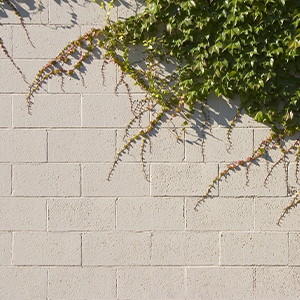 With more and more people on the planet, the need for resource efficient building methods, linked to energy efficient masonry construction, is positioning AAC-buildings in pole position for sustainable building solutions. AAC is produced by mixing quicklime with cement, sand, water and aluminium powder, resulting in a slurry that rises and sets to form lightweight honeycomb structured blocks which have excellent thermal and sound insulation properties.
With more and more people on the planet, the need for resource efficient building methods, linked to energy efficient masonry construction, is positioning AAC-buildings in pole position for sustainable building solutions. AAC is produced by mixing quicklime with cement, sand, water and aluminium powder, resulting in a slurry that rises and sets to form lightweight honeycomb structured blocks which have excellent thermal and sound insulation properties.
Problems
In recent decades, the need for habitable dwelling units and new industrial parks has grown significantly, due to fast-rising populations and the spontaneous increase in the size of cities. The goal of sustainable urbanization is challenged by the trend to build in an environmentally friendly way, taking into account resource efficiency for primary raw materials.
Solutions
Autoclaved aerated concrete (AAC) is a lightweight, precast, concrete building material. It simultaneously provides structure, thermal insulation, fire-resistance and mold-resistance for a masonry structure used for housing and industrial buildings. AAC is recognized as a sustainable building technique and is very resource efficient, as densities can be achieved in the range of 250 kg/m³ for brick materials. AAC is produced by mixing lime, sand, cement, gypsum and aluminum powder into a batch process. Quick lime, which offers dedicated reactivity and fineness, is one of the key elements in the process to cast AAC products. These include blocks, wall panels, floor panels, roof panels, cladding (facade) panels and lintels.
